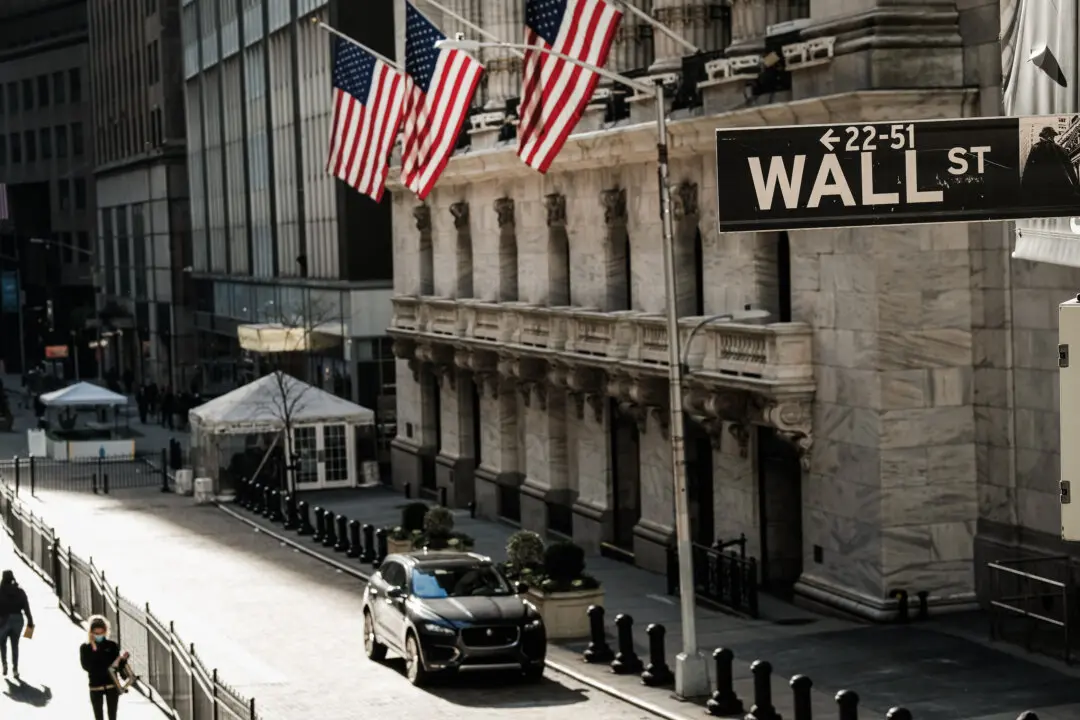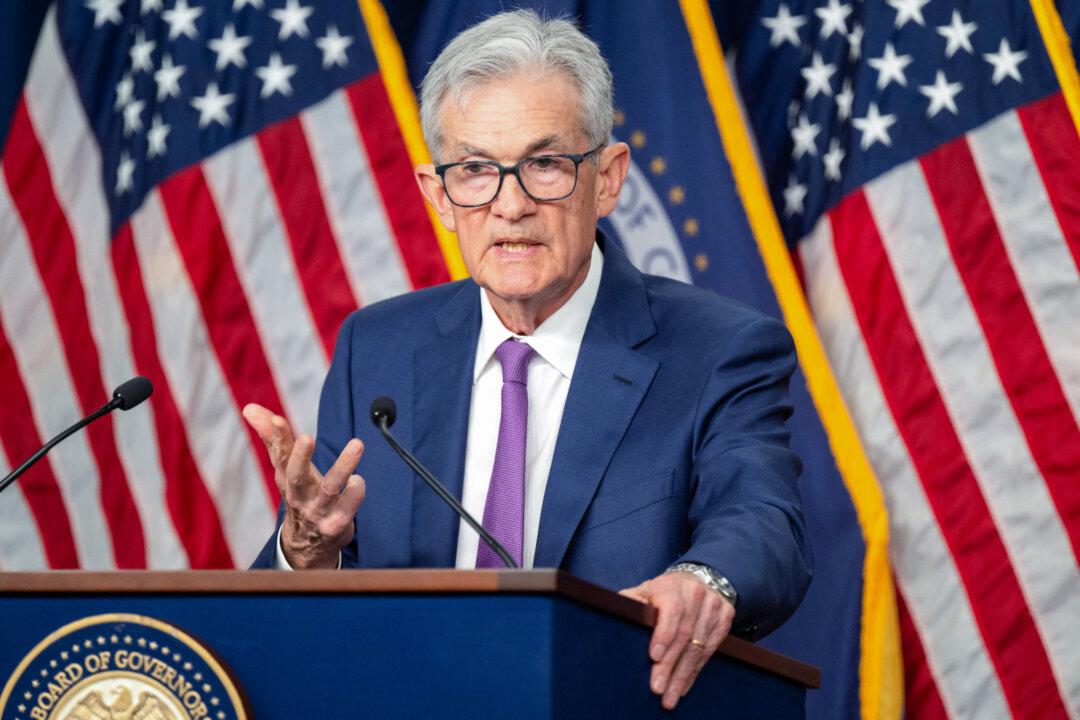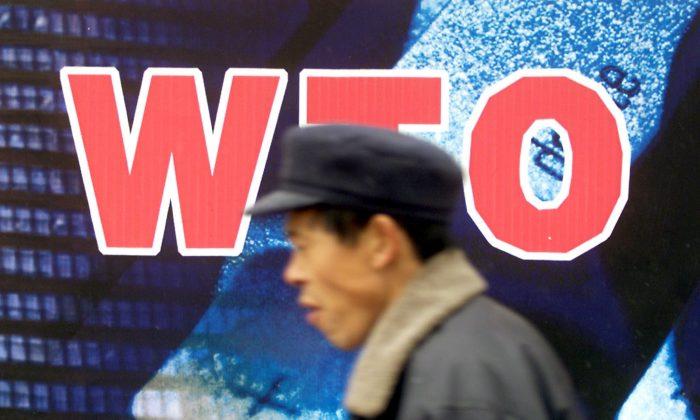Edmund Burke, the revered 18th-century Irish member of the British Parliament and the father of conservative thought, once wrote, “What is the use of discussing a man’s abstract right to food or to medicine? The question is upon the method of procuring and administering them. In this deliberation, I shall always ... call in the aid of the farmer and the physician, rather than the professor of metaphysics.”
It’s troubling that so much of elite American education—the Ivy League and others who tend to advance into political and business leadership—imbues students with an understanding of the metaphysical (a nebulous branch of philosophy dealing with things beyond the physical realm, such as our existence that is found in sociology, political science, and government), but tends to be less rigorous with the physical and practical.
Inherent in this broad, but unfocused, education, is a general lack of critical thinking skills and, more explicitly, a lack of what is known as “second-order thinking”—the ability to ask of the aftermath of a proposed action, “Then what?”
Second-order thinking is an ability to “see around corners”—the ability to consider, and maybe foresee, adverse consequences that may (or will) result from what may appear to be “good” solutions in the first instance. It’s the kind of thinking that caused Burke to have deep-seated reservations about the French Revolution before the radical changes the Jacobins wrought morphed into the Reign of Terror, the rise of Napoleon, and a catastrophic European war.
We’ve had decades of leadership in business and government that have failed at second-order thinking, particularly when trying to address real or perceived problems. Many times, these “obvious solutions” come with the best of intentions, but with bad, or even disastrous, results.
Examples of such failures are legion, especially over the past 40 years:
In California and other states, the legislators’ concern with plastics in the environment led them to ban disposable plastic bags more than a decade ago. But businesses responded with nominally “reusable” plastic bags that are more durable, but heavier and with more than twice the amount of plastic. Few of them are “reused.” (I have about 20 of them I’m hoping to recycle at the stores that gave them to me.)
During the pandemic, the government forced most businesses and factories to shut down and thus constricted supply chains. But at the same time, the Federal Reserve “printing presses” went into overtime, adding liquidity to the markets to ensure the financial markets would not collapse and government support programs would have sufficient cash to be paid. Between January 2020 and March 2020, the Fed added $1.25 trillion to the economy and has continued to do so, albeit at a less aggressive rate. One could not write a better prescription for the inflation—the worst in 40 years—that would come immediately thereafter.
Companies boost their stock prices and earnings per share by buying back their own outstanding stock instead of investing in innovation or acquisitions that grow their business. But, we ask, “then what?” Such a “strategy,” if one can even call it that, amounts to a “one shot,” a mere diminution of outstanding shares without any appreciable improvement in future revenues, cost reductions, or returns of capital.
We’ve spent decades outsourcing U.S. manufacturing to lower-wage economies where the rule of law and property rights are nebulous, to say the least. Then we wonder why companies in those other countries come back to the U.S. market as competitors with knock-offs of the outsourced products.
When Russia invaded Ukraine in February 2022, the Biden administration offered to evacuate Ukrainian President Volodymyr Zelenskyy. But then it changed strategy and offered to support Mr. Zelenskyy when he asked it to. Again, it seems, nobody asked “then what?” Two years later, there are hundreds of thousands dead, nearly half a trillion dollars of U.S., UK, and EU funds have been spent, and much of Eastern and Central Ukraine looks like a dystopian landscape. But there has been no strategy offered to defeat or even permanently repel the Russian invasion; instead, it’s just been a World War I-style back-and-forth, a stalemate over a few miles of territory and a charnel house with neither side realizing sustainable advances and no end in sight.
In New York City, the Metropolitan Transportation Authority is planning to impose a “congestion pricing fee” of up to $15 for every car that comes into what the MTA calls the “central business district,” the portion of Manhattan below 60th Street. But there are underground parking garages in residential and commercial buildings there that are run by parking companies that pay the building owners hundreds of thousands of dollars to rent the space. If congestion pricing works as intended, there will be a dearth of automobiles needing parking in lower Manhattan, parking companies will abandon their leases, and commercial and residential rents and maintenance payments will increase substantially to make up for the garage revenue that has been eliminated.
In most businesses, second-order thinking is obtained by what is referenced, variously, as a “murder board” or a “red team.” A murder board is a means of critiquing past performance or new ideas. It is typically impaneled with people who have subject matter expertise, strong opinions, but no interest in a given proposal. Their job is to critique—actually, to “rip apart”—performance or a proposal. They can be incredibly tough, sometimes even reducing proponents of a notion or a failing leader to tears.
The popular TV show “Shark Tank,” starring Kevin “Mr. Wonderful” O'Leary, is, essentially, a televised murder board of venture capitalists putting hard questions to entrepreneurs. The NYPD’s CompStat forums, where precinct commanders are critiqued for their performance, are murder boards. They helped to reduce crime enormously in the city during Mayor Rudy Giuliani’s term by imposing rigorous accountability on police commanders.
Murder boards—institutionalized second-order thinking—work. Every institution—every business, every government, every nonprofit—should have one as part of their normal, day-to-day, operational assessment and planning. Sadly, few do. And the ones that do tend to be far more successful by avoiding mistakes.







